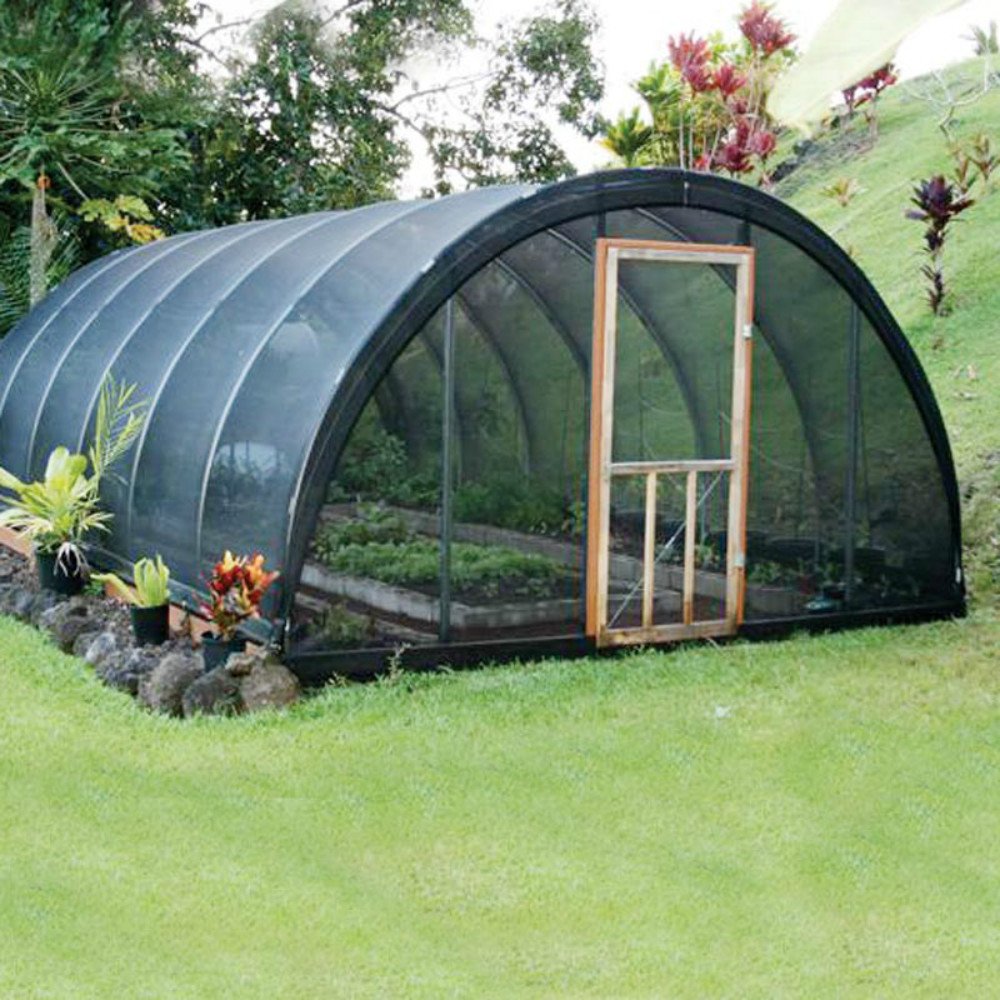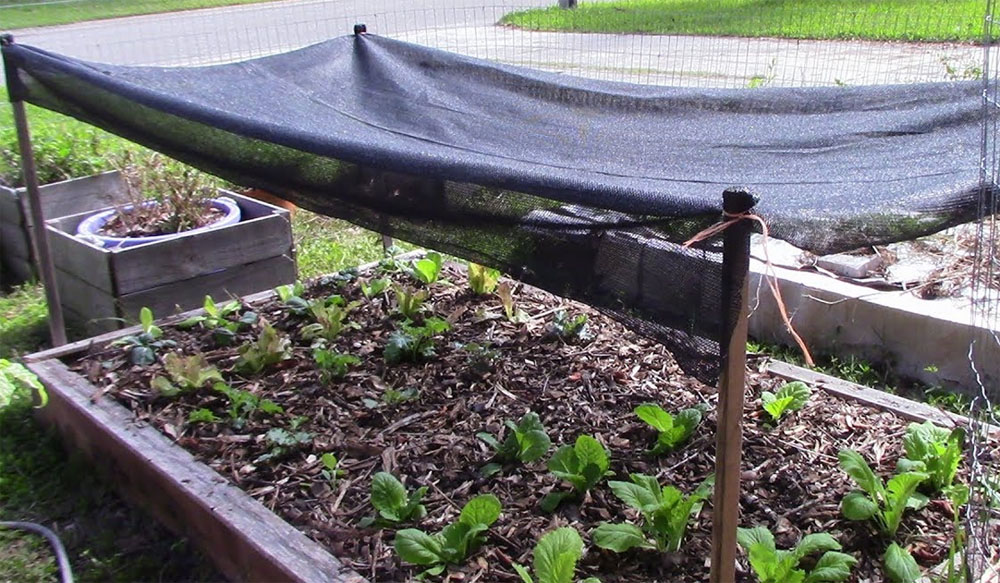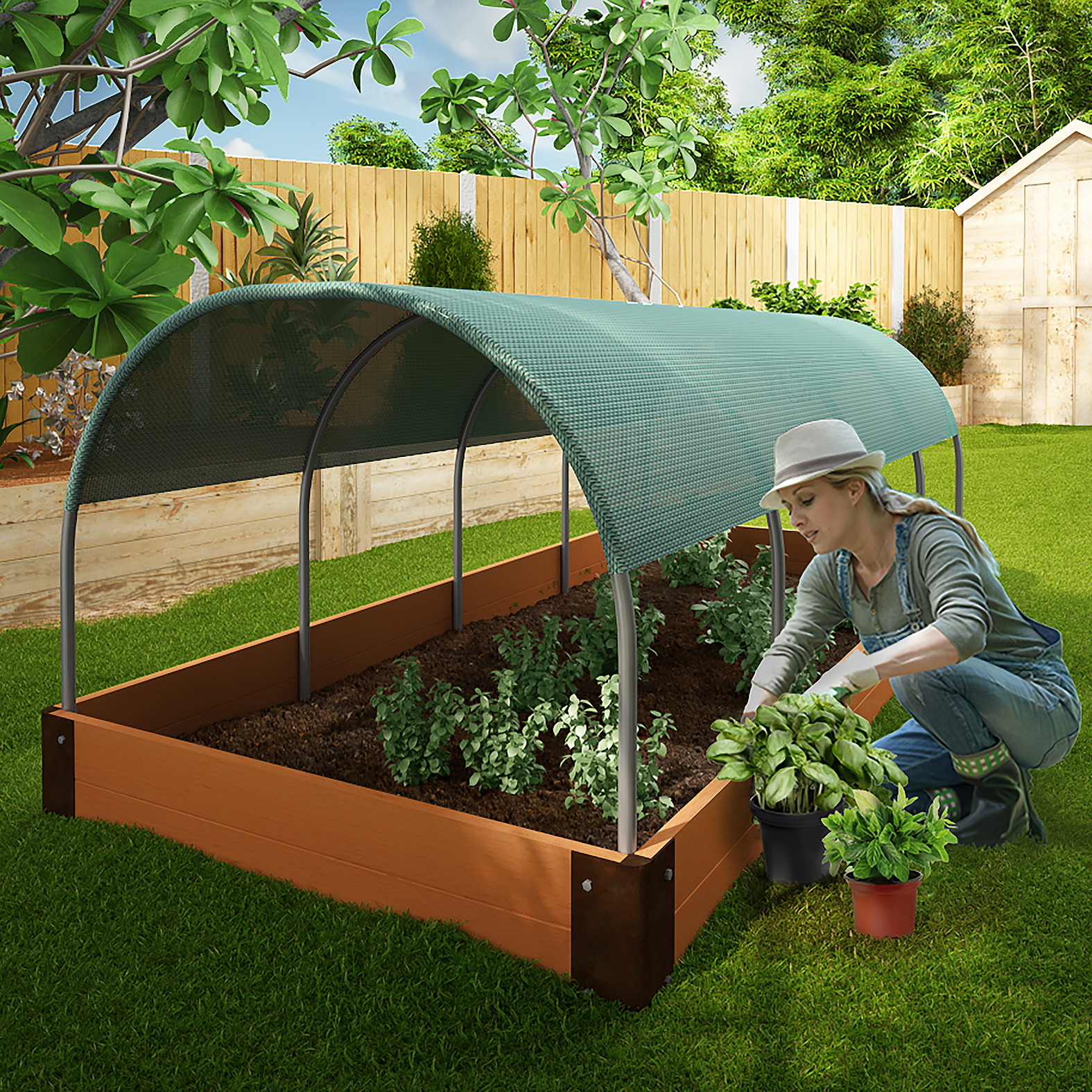Cultivating Shade for Your Plants: Shade Cloth
Introduction
A. Embracing the Power of Shade: Protecting Plants from Excessive Sunlight
Not all plants thrive under the harsh glare of the sun. While some bask in its warm embrace, others require protection from excessive sunlight. Here’s where shade cloth steps in, offering a versatile tool for creating a protective canopy and fostering a thriving garden for sun-sensitive plants.
B. The Role of Shade Cloth: Creating a Protective Canopy for Sun-Sensitive Plants
Shade cloth is a lightweight, breathable fabric specifically designed to filter sunlight. It acts as a physical barrier, reducing the intensity of light reaching plants. By providing shade, it helps regulate temperature, prevent sun stress, and creates an optimal environment for a variety of plants.

Understanding Shade Cloth: Types, Properties, and Applications
A. Woven Shade Cloth: Durable and Versatile for Various Gardening Needs
Woven shade cloth is a popular choice for its strength and durability. Made by weaving polyethylene strands together, it offers various shade percentages, typically ranging from 30% to 80%. Woven shade cloth is ideal for creating shade for sun-sensitive plants, protecting vegetables from sunburn, and even providing cooling areas for patios and decks.
B. Knitted Shade Cloth: Lightweight and Breathable for Delicate Plants
Knitted shade cloth is a lighter option compared to woven varieties. Its open-knit construction allows for greater airflow while still providing effective shade. Knitted shade cloth is often used for delicate plants like seedlings, leafy greens, and shade-loving flowers. The lighter weight also makes it easier to work with and drape over delicate plants.
C. Shade Netting: Providing Partial Shade for Sun-Tolerant Plants
Shade netting offers the least amount of shade blockage, typically ranging from 10% to 30%. Woven from a looser mesh, it allows more sunlight to penetrate while still providing some protection from intense heat and glare. Shade netting is suitable for sun-tolerant plants that benefit from some afternoon shade or for areas where partial sunlight is desired.

Selecting the Ideal Shade Cloth: Matching Needs with Options
Choosing the right shade cloth depends on several factors:
A. Assessing Plant Requirements: Determining the Appropriate Shade Level
Different plants have varying light requirements. Research the specific needs of your plants to determine the ideal shade percentage. For instance, vegetables like tomatoes or peppers might require 50% shade, while ferns or hostas might thrive under 80% shade.
B. Considering Durability and Longevity:
Woven shade cloth offers superior strength and can withstand wind, rain, and UV rays for extended periods. Knitted shade cloth, while lighter, might require more frequent replacement depending on weather conditions.
C. Evaluating Light Transmission:
Ensure the chosen shade cloth allows sufficient light for photosynthesis. Plants still need sunlight to grow, so striking a balance between protection and light availability is crucial.

Utilizing Shade Cloth Effectively: Installation, Maintenance, and Tips
A. Proper Installation Techniques:
Secure the shade cloth using poles, posts, or a shade sail frame. Ensure the fabric is taut to prevent wind damage and allow for proper water drainage.
B. Regular Maintenance and Inspection:
Periodically check the shade cloth for tears, rips, or UV degradation. Clean debris and dirt accumulation to maintain optimal light transmission.
C. Additional Tips:
- Adjust shade levels as plants mature. Young plants might require more shade initially.
- Secure the cloth firmly to prevent wind damage.
- Shade cloth can reduce evaporation, so adjust watering schedules accordingly.

Benefits of Using Shade Cloth: Enhancing Plant Health and Productivity
A. Protecting Plants from Sun Stress and Scorch:
Shade cloth prevents sunburn, leaf damage, and stunted growth caused by excessive sunlight.
B. Regulating Soil Temperature:
Shaded soil stays cooler, reducing root stress and promoting optimal water absorption.
C. Extending Plant Life and Enhancing Productivity:
Protected plants experience less stress, leading to longer lifespans, increased flower and fruit production, and overall improved health.

Applications of Shade Cloth: Beyond the Garden
The benefits of shade cloth extend beyond the garden:
A. Providing Shade for Outdoor Structures:
Patios, decks, and play areas can benefit from shade cloth’s cooling effect, creating comfortable outdoor sanctuaries.
B. Protecting Livestock and Animals:
Shade cloth shelters animals from harsh sunlight, reducing heat stress and improving their well-being.
C. Creating Temporary Enclosures:
Shade cloth can be used to construct temporary structures for events, construction sites, or other purposes.
Conclusion
A. Shade Cloth: An Essential Tool for Sun-Sensitive Plants and Outdoor Spaces
Shade cloth offers a valuable solution for gardeners seeking to cultivate a thriving environment for sun-sensitive plants. By understanding the different types, selecting the right option for your needs, and utilizing it effectively, you can create a protective haven that fosters healthy plant growth and enhances the functionality of your outdoor spaces.
B. The Enduring Value of Shade Cloth: Enhancing Plant Health, Protecting Assets, and Promoting Sustainability
Shade cloth goes beyond simply providing shade. It promotes plant health, protects valuable outdoor structures and animals from excessive sunlight, and can even be used for temporary solutions. By incorporating shade cloth into your gardening practices and outdoor space management, you contribute to a more sustainable environment.
Additional Resources
A. Online Resources for Shade Cloth Information and Selection:
Websites and online retailers offer comprehensive information on various shade cloth types, shade percentages, and application tips.
B. Shade Cloth Manufacturers and Retailers:
Researching reputable shade cloth manufacturers and retailers ensures you get high-quality products that meet your specific needs and budget.
C. Local Gardening Centers and Nurseries:
Local gardening experts can provide valuable advice on shade cloth selection and installation based on your specific plants and climate.
Environmental Considerations: Selecting Eco-Friendly Shade Cloth Options
A. Choosing Shade Cloth Made from Recycled Materials:
Many manufacturers offer shade cloth made from recycled high-density polyethylene (HDPE). Opting for recycled content reduces environmental impact by minimizing reliance on virgin plastic production.
B. Selecting Shade Cloth with UV Protection:
Shade cloth exposed to sunlight can degrade over time. Choosing a shade cloth with ultraviolet (UV) protection extends its lifespan, reducing the need for frequent replacements and minimizing waste.
C. Proper Disposal Practices:
At the end of its useful life, dispose of shade cloth responsibly. Some programs accept shade cloth for recycling based on the material composition. If recycling is not an option, consider reusing the cloth for other purposes like weed control or temporary shade structures.